Gutta Percha Removal Instrument
Retreatment requires removal of the original gutta percha material to allow for retreatment of the canals. This was usually done mostly with by the heat, smaller Gates Glidden drills or other specifically manufactured gutta percha removal burs and prebent hand files.. Additionally, solvents such as Chloroform or Oil of Orange can be used to solubilize the filling material.
Nevertheless, I have often found myself trying to remove gutta percha in deeper fins or on the lateral sides of canals with hand files, which was quite a tedious process. During the last 10 years I found and remarkable new instrument known as it Gutta Percha removal instrument. It is essentially a DG 16 (2 lengths available 18mm and 30mm) Endo Explorer bent back on itself at the tip, creating a hook. (See illustration below) They come as a set of two double sided instruments, one with M and D hooks, the other with Bu and Ling hooks. These instruments long and slender and can easily be bent to conform to canals or tough accesses. They are extremely efficient for removing loose lateral condensation cones, gutta percha, pulp stones or other debris that may have fallen deeply into a canal or in fins. I consider them essential for retreatment.
Because they are VERY expensive (~$130 a set!) they must be used carefully and only up against the gutta percha or loose particles. Rough use can easily break off the hook, rending the instrument useless.
The original manufacturer Hartzell and Sons appears to have been bought out. DenMat purchased them and although the instruments are not available online, you may be able to get them through DenMat.

Figure 1: Gutta Percha Removal Instrument

Figure 1a: Kohler Gutta Percha Removal Instrument
Manufacturer
Hartzell, Brasseler (EGPR/LR EGPR/UD) NO LONGER AVAILABLE , DELabs (Terauchi version) and Kohler Medzintechnik
Website
Check your local supplier, or nationaldentalsupplies.com/ or Denmat.com who bought Hartzell Instruments- there may be some stock left over. otherwise check DE Labs OR – Part Number KH842 at EndoTech
Cost
~ $130 US for each instrument (You need 2 Bu-Li and M-D)
Ruddle Post Removal System
Most metallic posts can be removed with judicious use of ultrasonic energy after removal of core or restorative materials to expose the post. In some more stubborn situations, that is not sufficient and the post must be removed using other methods . One such device is the Ruddle Post Removal System. The system has a trephine that taps exposed part of the post. The exposed part is then threaded with a special jaw-like device is attached to tapped post which levers the post from the canal space. I don’t use it very often but for certain types of cast posts and extremely well cemented Metallic posts, this is very helpful. The price for the system may seem exhorbitant, but it can save a lot of time (and Dentin!) when you are perfroming disassembly retreatment.

Figure 2: Ruddle Post Removal SystemKit
Kit contains trephines, taps, rubber bumpers and vise.
Manufacturer
Sybron Dental
Website
Cost
$1800 US Kit – replacement parts available separately
Instrument Removal System (IRS)
Although Endodontic metallurgy has made huge strides in instrument flexibility and resistance to fracture, Endodontists are occasionally called upon to remove fractured instruments.
Depending on the case, it is frequently easier and more “Dentin Conserving” to simply bypass the broken instrument and incorporate it into the endodontic filling. Once the canals have been cleaned and shaped, the instrument sometimes loosens and can be easily removed. The literature has shown that the presence of a broken file in the treated case (especially when the pulp is vital and/or the fragment can be bypassed) has no effect on outcome. This is far less risky than thinning out the dentin to the point of possible perforation, or risking the long term root failure due to fracture.
Instrument removal should NEVER be attempted without the aid of the Surgical Operating Microscope SOM and ultrasonics. Unecessary removal of dentin or further cutting of the file fragment only makes it harder to remove in the deeper portions of the canal space.
In cases where the instrument must be removed, there are 3 commercially available products you can use. Two are “Tube Based” is “Loop based”:
1. The San Diego Swiss Instrument removal system.
Use of this “Tube Based removal tool requires first gaining access to the upper part of teh broken file with ultrasonics. The SD Swiss device used a color coded core drill or “trephine” to help in troughing around the broken file fragment and creates “purchase” for the Tube/Canula that grabs it. It comes in 4 sizes.

Figure 3: San Diego Swiss Instrument removal System
Kit contains trephines and 4 different sizes of tubes
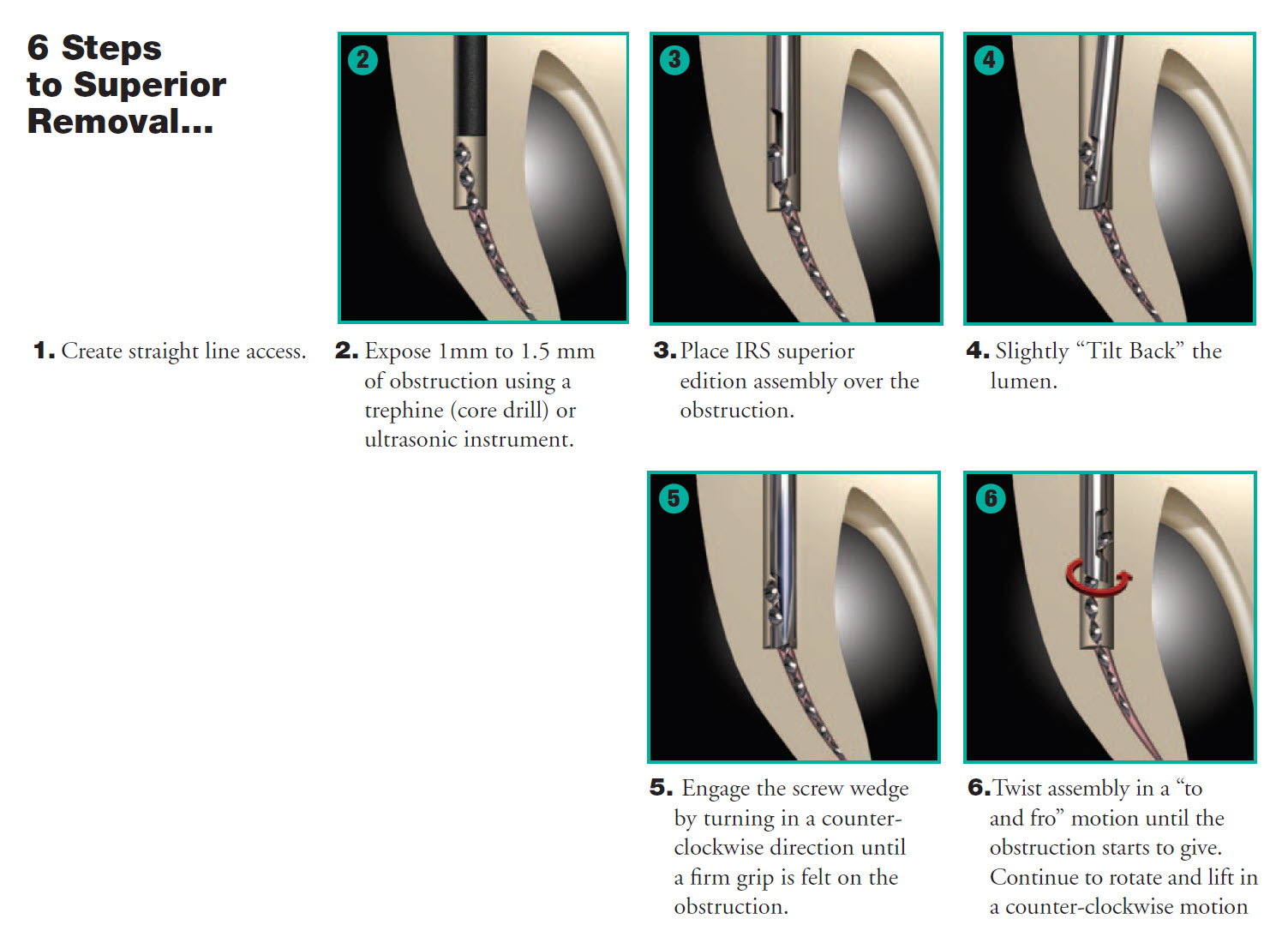
2. The Dentsply Tulsa File Removal System (FRS)
This system is similar to the SD Swiss version in that it is a “Tube Based” file extractor. It has only 3 sizes and does not come with trephine.
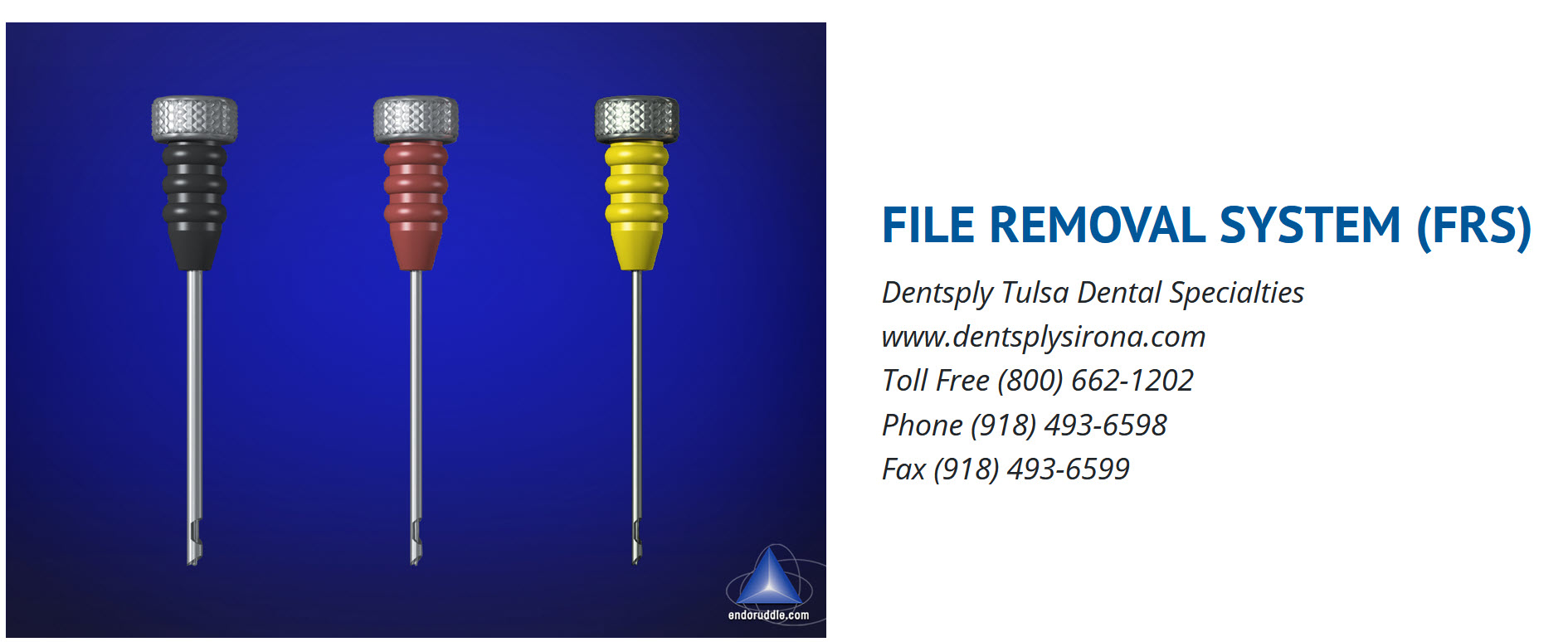
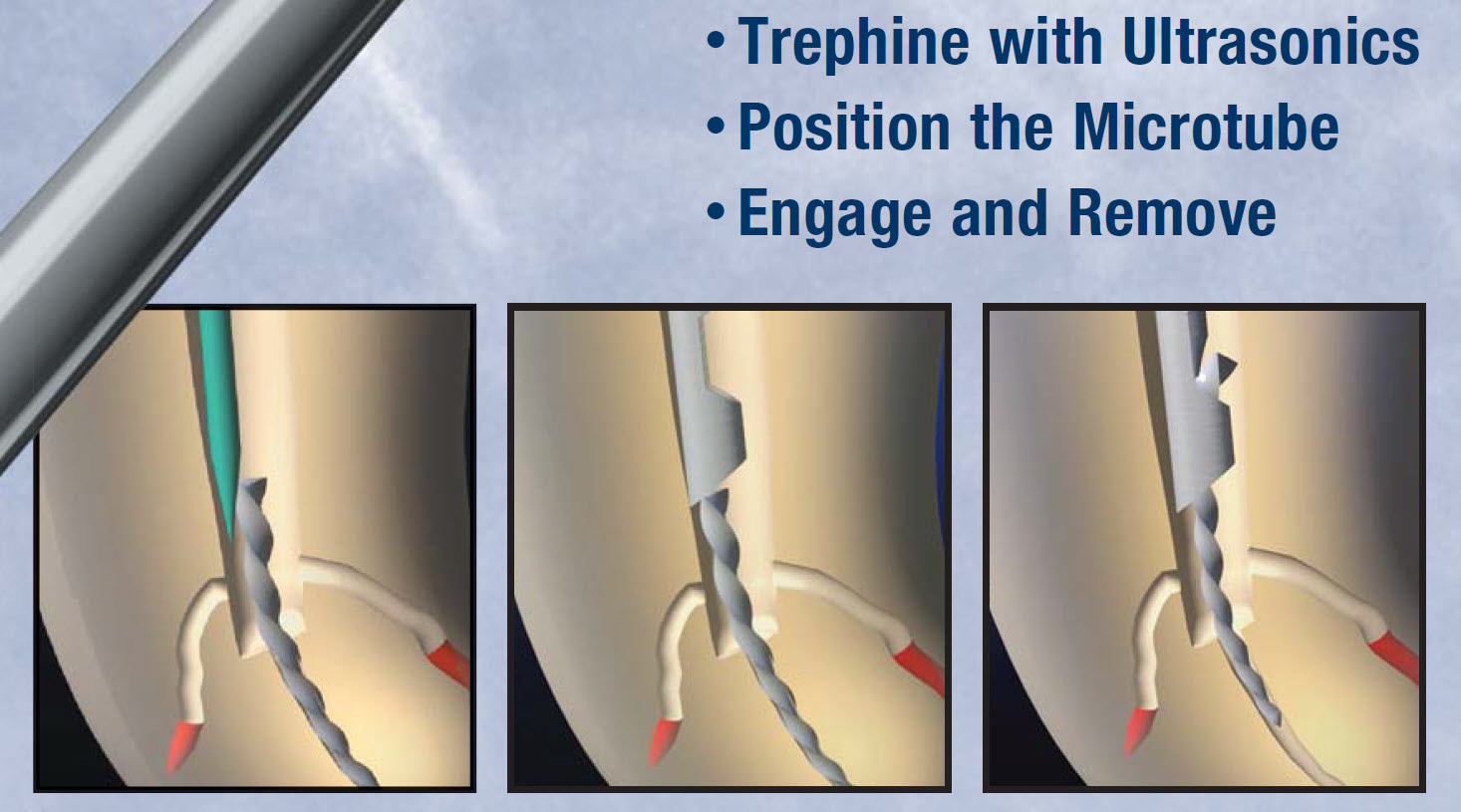
3. The Terauchi File Remover Kit
The Terauchi File removal System uses a wire loop to “lasso” the file fragment. With this system, the fragment must first be loosened with Ultrasonics before it can be retrieved. It was first described by its inventor Dr. Terauchi in: Removal of Separated Files from Root Canals with a New File-Removal System: Case Reports Journal of Endodontics 2006 Vol 32 pg.789-797
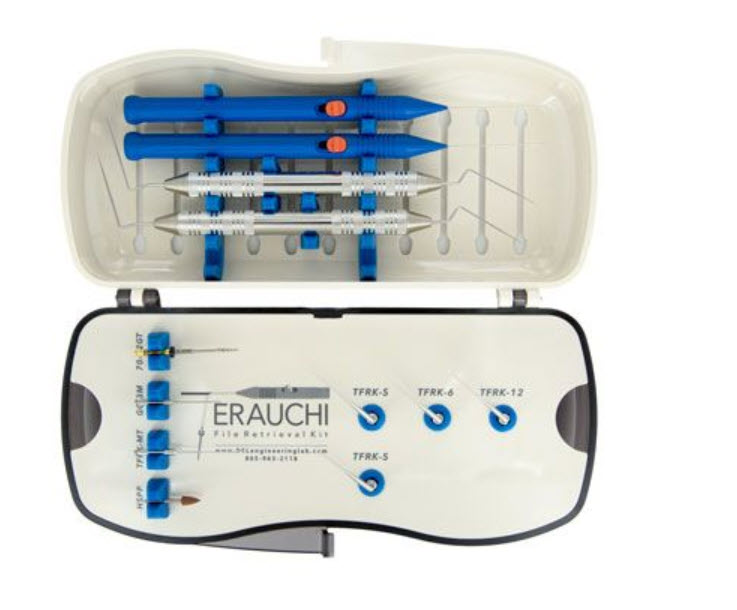
Figure 4: Terauchi File Removal System Kit
Kit contains ultrasonic tips, explorer and gutta percha removal instrument, ultrasonic tips and loop based fragment remover.
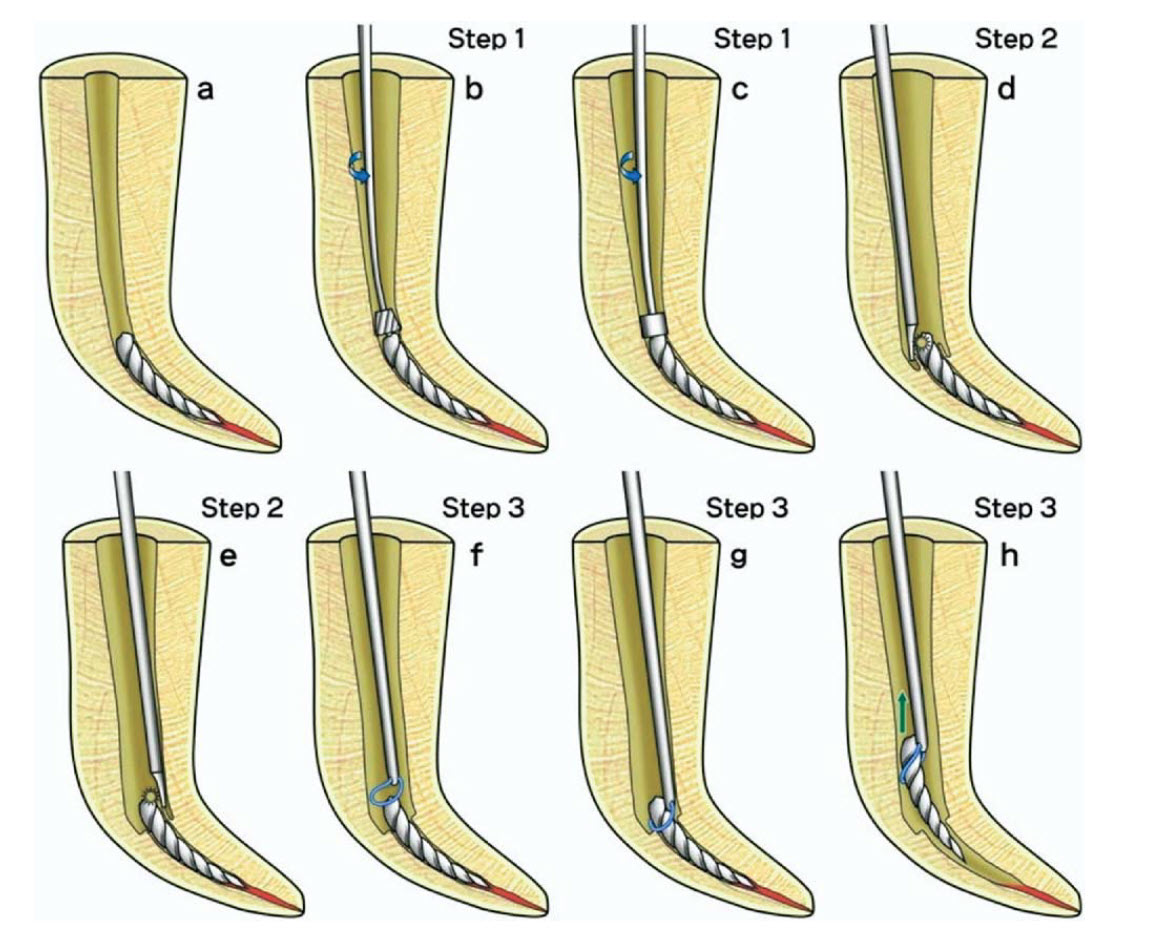
I have experience with the first two systems and I like the SD Swiss version best because of the trephines. I have also found that the tube systems seem to be more versatile because (unlike the loop system) they can sometimes remove files that are stuck fairly tightly in the canals.
Manufacturer
San Diego Swiss, Densply Tulsa (now known as Denstply Sirona) Dental and Terauchi
Cost
SD Swiss – $599 US for kit of 8 instruments
Dentsply Tulsa (FRS) – See your Denstply local rep
Terauchi Kit $995 US
